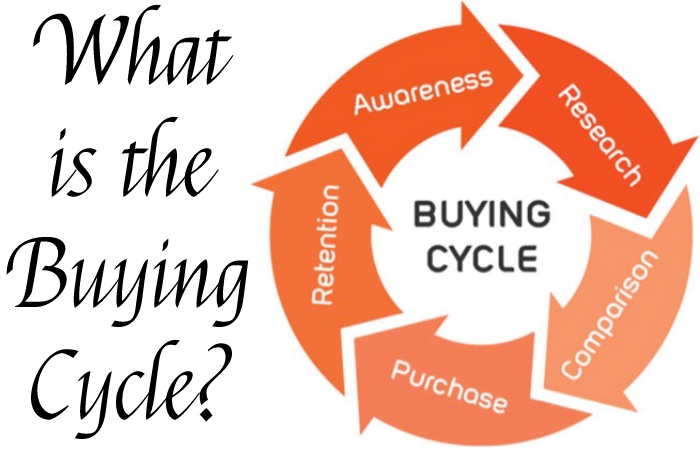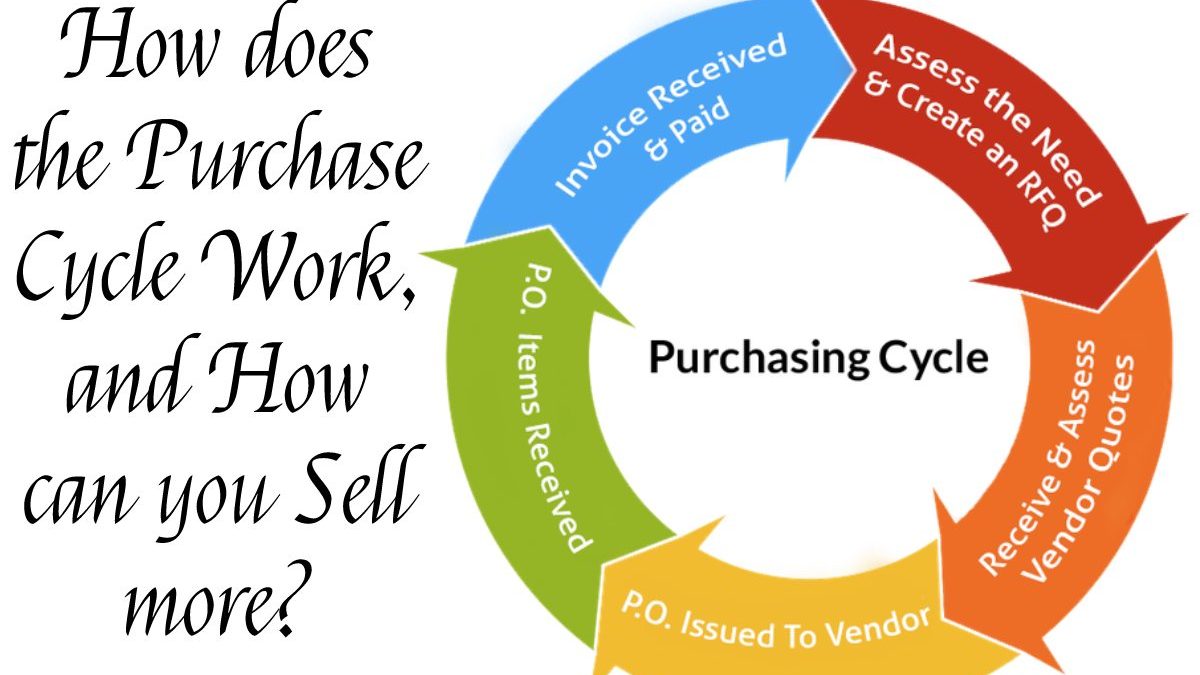Purchase Cycle: The growth of the digital environment is continuous and very fast, and the business world is increasingly competitive. On the other hand, as I have mentioned before, the consumer has transformed, and understanding him is vital for any business that seeks to be successful.
It is not necessary to be experts in anthropology to know that people’s behaviour today is not the same as it was 10 to 15 years ago. The proliferation of content, the excess of channels and interactive media, and the massive and sometimes excessive use of social media added to advances in technology; have caused a transformation in people’s behaviour, since they are hyper-informed, hyperconnected, they are unfaithful, they like to buy, but they do not like to be sold, they trust the opinions of others more than that of business, and they love experiences, more so if said experiences add value to them.
That change has been in every way, which also involves how they make their purchasing decisions.
Table of Contents
What are People Looking for on the Internet?
If we analyze the behaviour of people on the Internet, we can summarize what motivates them to browse in 4 actions:
- Answer your questions
- Solve your problems
- meet your needs
- Satisfy your wishes
Within these four actions, we can group everything a person does in the network. For example, if someone only uses the Internet to watch movies and series, he is fulfilling a desire. However, if that person needs to carry out banking transactions, he is supplying his needs… And so on, we can enumerate a long list of actions that, if we continue analyzing them, in one way or another, fall into those four mentioned above.
Understanding How People Buy
This time’s buyer is demanding, distrustful and increasingly intelligent. Your purchasing decision process is characterized by handling a lot of information, which helps you make better decisions. At all times, he interacts on the Internet, not only before buying but during and after the purchase.
This behaviour change has generated the birth of a new and modern purchase cycle that has two main characteristics:
- It almost always focuses on the problem, not the product.
- The consumer, not the seller, directs it.
What is the Buying Cycle?

It is the journey the consumer makes from the moment he begins to manifest symptoms of a problem, a need or even a desire; until the resolution and satisfaction of said problem, need or desire leads you to purchase. In other words, it is the procedure of research and experiences that a consumer lives on before, during, and even after making a purchase.
What Version of the Buying Cycle will we See?
There are several versions of the purchase cycle, some more complex, others more prolonged, but in the end, what everyone wants to show is the same journey of what a consumer does, from receiving the stimulus to making the purchase, and even after.
I like to merge two models: The Buyer’s Journey + The four moments of truth. This merger results as follows:
What are the Phases of the Buying Cycle?
This purchase cycle model (The Buyer’s Journey + The four moments of truth) is divided into four main phases:
- Stimulus
- Zero Moment of Truth
- Discovery
- Consideration
- Decision
- First Moment of Truth
- Second Moment of Truth
- Third Moment of Truth
Now let’s see what each stage consists of.
The Stimulus
It is what we can also call “pain point” (pain point in English) when the consumer begins to feel symptoms of a problem, desire or need. An advertisement can also cause this pain point or stimulus, be it a billboard, a banner or a post on social networks.
The ZMOT or Zero Moment of Truth
It is that moment between the stimulus and the first moment of truth when the consumer seeks all the information they need to understand, structure and solve their problem. All this to make a wiser decision when buying.
The ZMOT or Zero Moment of Truth is an additional stop the consumer makes after receiving a stimulus. This stoppage can last from minutes to days. It occurs when the consumer turns on the computer, mobile phone or another device with an Internet connection and consults information about a product or service they wish to try or purchase. It also occurs when you consult information on the Internet to solve a problem that requires a product or service; for example, “how to buy my first home”.
As I mentioned above, analyzing the ZMOT for the Buyer’s Journey, I realized that its three phases or stages occur within this additional stop. It is for this reason that I decided to unify them. Next, we will see the three stages of the Buyer’s Journey or Zero Moment of Truth.
Discovery
When the consumer reacts to the stimulus and initiates a process of investigation and discovery, it will help him understand said stimulus with greater clarity and structure to put a name on it. Ex: when a part of the body hurts, you start to investigate what it is due to and what your course of action should be.
Consideration
At this stage, the consumer has already defined his problem and given it a name. To solve it, he undertakes to investigate and understand all the possible solutions available to him to solve it.
Decision
It is when the person has already decided how he will solve his problem since he has compiled a list of possible solutions, but he is ready to choose one, to make a purchase decision finally.
The FMOT or First Moment of Truth
The First Moment of Truth was coined by Procter & Gamble several years ago. Back then, it was conceived as that moment when the consumer comes face to face with a product (on the shelf) and makes his purchase decision. However, with the change in the game’s rules and the shift in consumer behaviour, ZMOT emerged.
The First Moment of Truth still exists, but to win at the point of sale, now more than ever, it is also necessary to win at the zero moments. In other words, the consumer is informed and decides at the ZMOT but purchases at the first moment of truth.
The SMOT or Second Moment of Truth
It happens when the consumer uses the product or service and is satisfied or disappointed.
The UMOT or Third Moment of Truth
It is when the experience that a person lives with a product or service becomes the Zero Moment of Truth of another person. In other words, the consumer, depending on his experience (positive or negative), shares it through social networks, on Google My Business, on TripAdvisor, or by word of mouth.
Example of how the Purchase Cycle works
You already know the Purchase Cycle, and now what?
Knowing the purchase cycle and its different phases puts in the hand tools that allow you to better plan how you will interact with the consumer, but more than anything, how you will add value.
Here the challenge is to win the zero moments of truth, but beyond that, it is to connect with the consumer at each of the stages of their purchase decision process, from encouragement to making them become that person who speaks positively of you
Achieving this is difficult since you must work hard to carry out actions beyond social networks. But in addition to this, there is instead that plays a leading role in this mission: THE CONTENT.
With the content, you can manage to guide the consumer between one stage and another until he decides for you.
Let’s see the Tour:
- To generate a stimulus: paid advertising
- To earn you the zero moments of truth: valuable content that answers consumer questions at every stage, from discovery to decision.
- Discovery: purely educational content.
- Consideration: Keep sharing educational content more targeted way. Ex: Benchmarks, product lists, etc.
- Decision: here, you can share more commercial content, such as success stories, demos, and the possibility of free trials.
- Buy: help them to interact better with your product or service and teach them to get the most out of it.
- But let’s not rush because, in the following posts, I’m going to continue talking about this topic in a more detailed way.
Also Read: What is Industry 4.0

